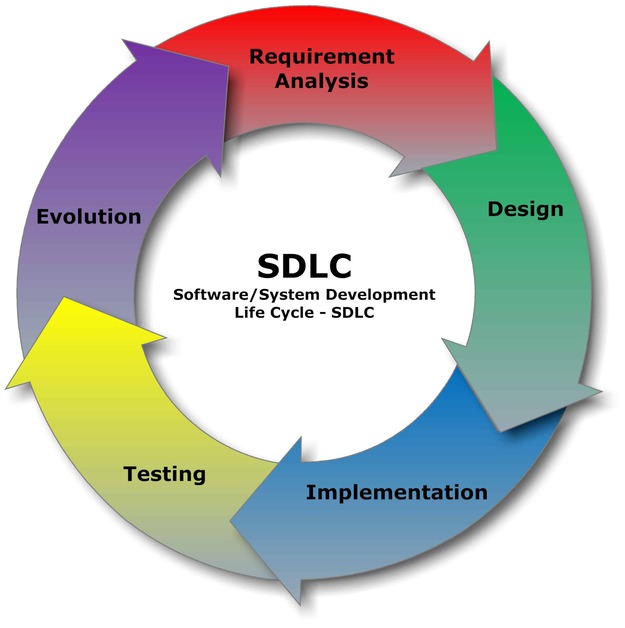Understanding the lifecycle of software development. Many people believe that the software they use on a daily basis has existed forever in its current format but, in reality, the truth is very different. The software goes through multiple iterations before release and product updates are also common through the lifecycle of almost all applications.
Facebook CEO, Mark Zuckerberg, once famously said, “Move fast and break things” – a motto that was intended to sum up the company’s internal processes but which aptly describes software development as a whole. Most software engineers will tell you an application is never really finished and there are always ways to improve an app’s operation, design, User Experience (UX), or security. For this reason, successful software development should be considered a continual process of refinement.
The typical lifecycle of app development
Software Development Life Cycle (SDLC) is an industry term that references the various stages of application development. It is based on standard business practices applied in other sectors but which work equally well for the successful production of applications. Typically, SDLC consists of six defined processes (though more complex app development may also encompass other additional stages).
Planning
The planning stage clearly states the point and purpose of an app while also identifying the production costs involved, any key team members required, and the attainable project milestones. Of all the stages of production, it could be claimed the planning phase is the most important to eliminate possible job-creep or the failure to deliver expectations.
Design, outline programming and prototyping
Once the aim of the development has been clearly defined and agreed upon by all stakeholders, the app can progress to the design and programming stage. This phase involves everything from agreeing on the overall architecture of the app (i.e. the programming language(s) to be used, any usable templates, etc) to the intended delivery platform(s) (web, app, game console, desktop, smart TV, etc). It will also encompass the design of the User Interface (UI) and identify specific tasks to be performed by the software programming as well as methods of communication (for example, between a web server, database, and app). Potential security concerns should also be identified and addressed at this stage – although most companies will constantly monitor possible security concerns through the entire life of an app using DevSecOps Tools.
Software development and build
The real nuts-and-bolts stage of the process where the code is written and compiled so that any errors or glitches can be corrected. By the end of this phase, the developers will have a working model – though it’s highly unlikely this will be the version that finds its way into the hands of users.
Testing
No app should ever be released for general use without a stringent and comprehensive testing phase. Much of the test phase can be automated – for example, checking for security bugs – while other parts will need manual testing to ensure the software is working as intended. Companies will also normally do UX testing at this point to check user flow and other aspects.
Deployment
Once thorough testing has been performed and the developers, users, and investors in the software are all satisfied it is fit for purpose, the software can be released for general use.
Maintenance, operations, monitoring, and security
While the key initial areas of the production are now complete by this stage, the developers will still closely monitor the software for potential problems. By closely studying how users interact with an app – and logging any problems they might encounter – developers can identify areas for improvement. Moreover, any underlying security problems that might not have been identified in the sandbox testing environment will soon become apparent and can be addressed quickly. Maintenance and monitoring are continual and will extend through the entire lifetime of an application.
As outlined above, software development involves much more than just building an application and moving on. Rather, successful development is an ongoing process of refining and improving all aspects of the software – hence the reason almost all apps have regular product updates.










Leave a Reply